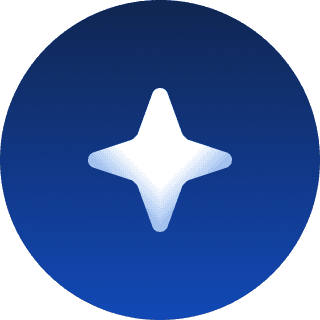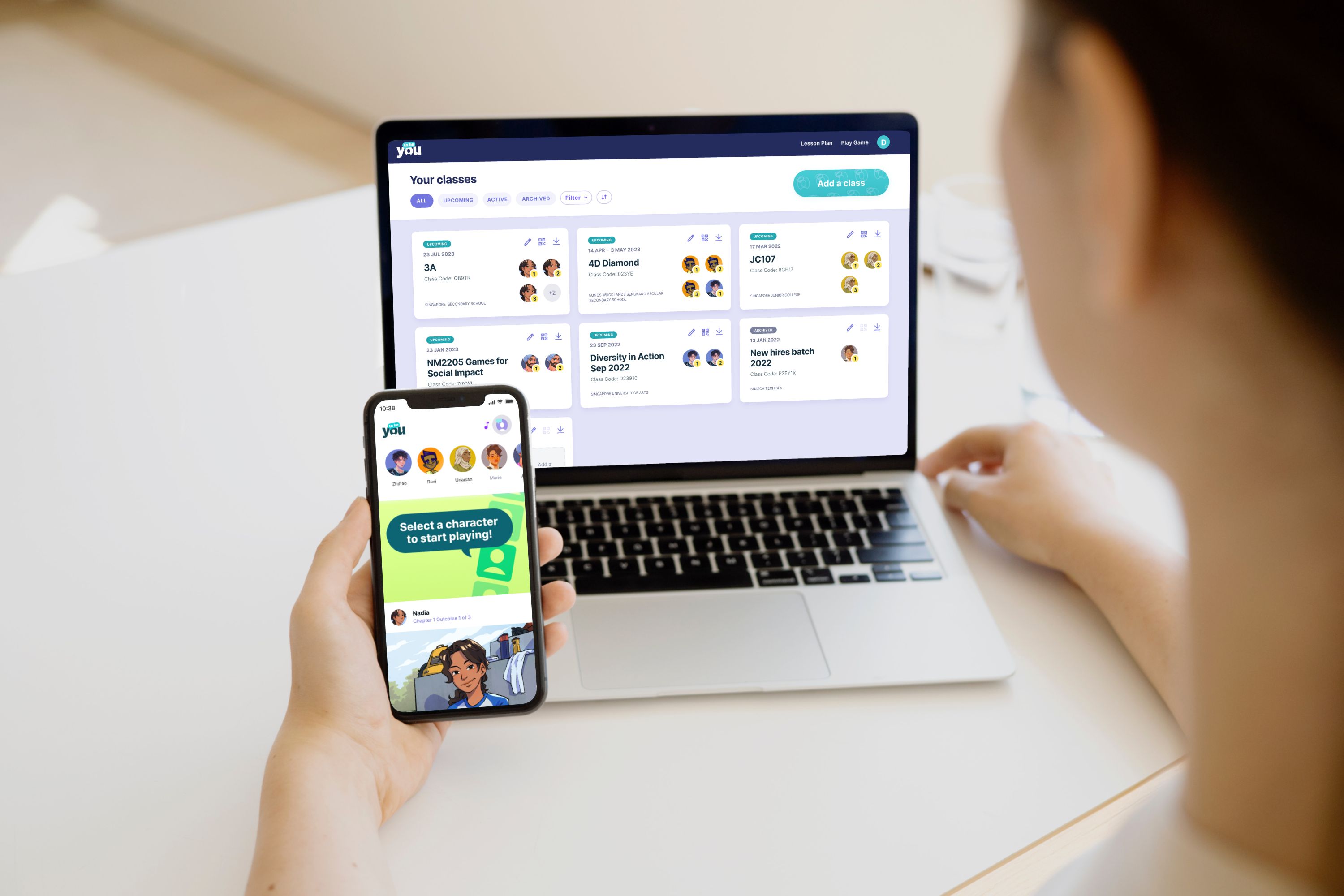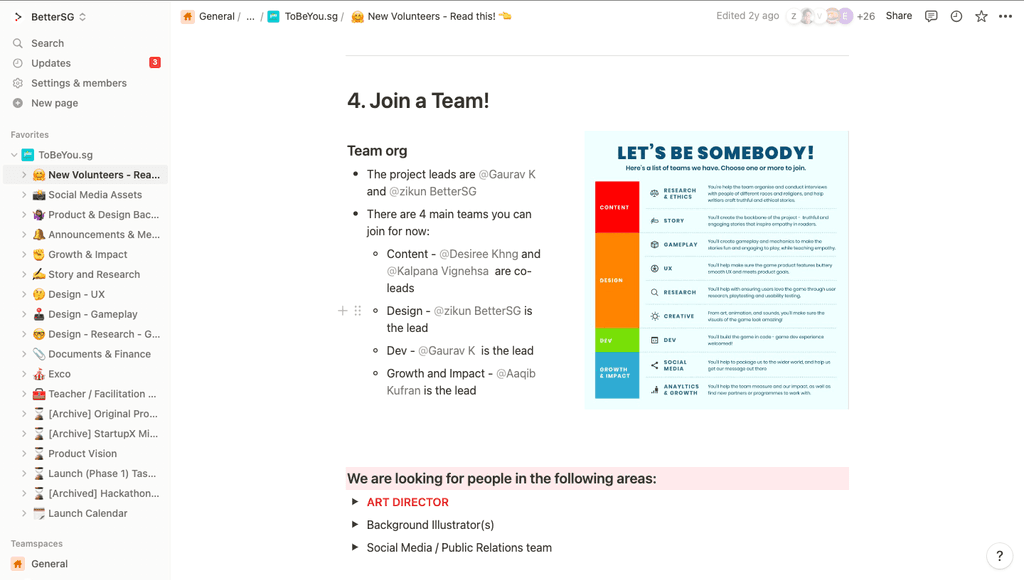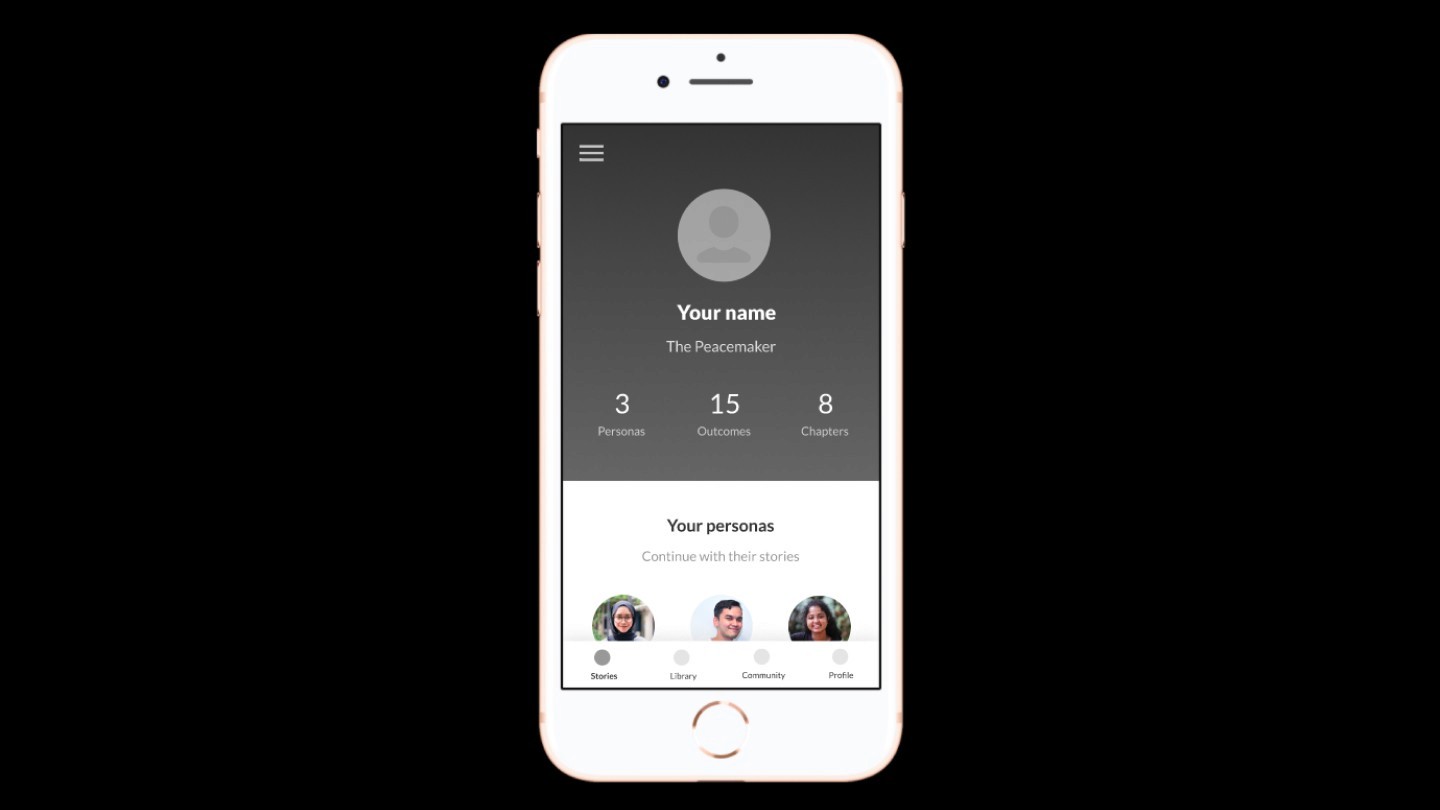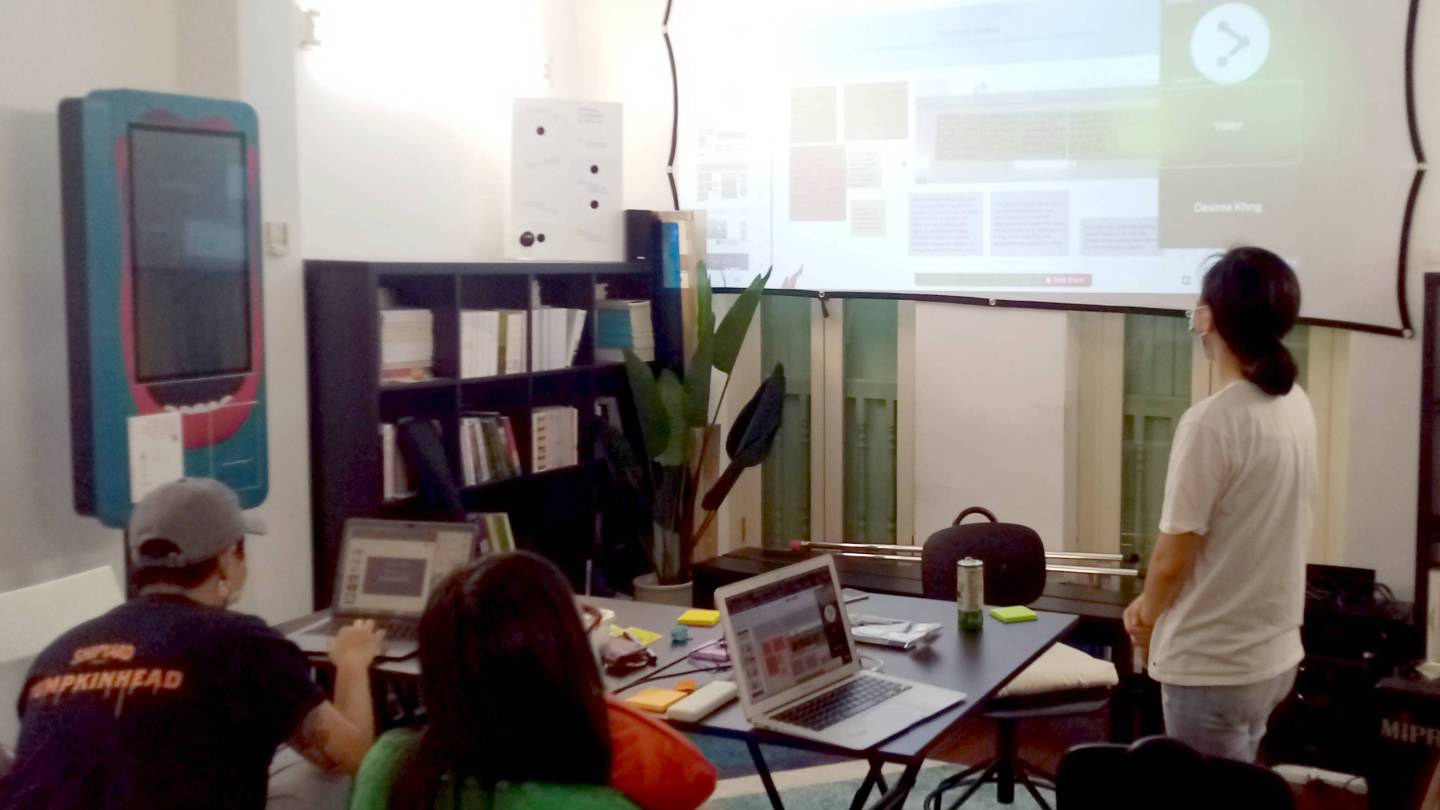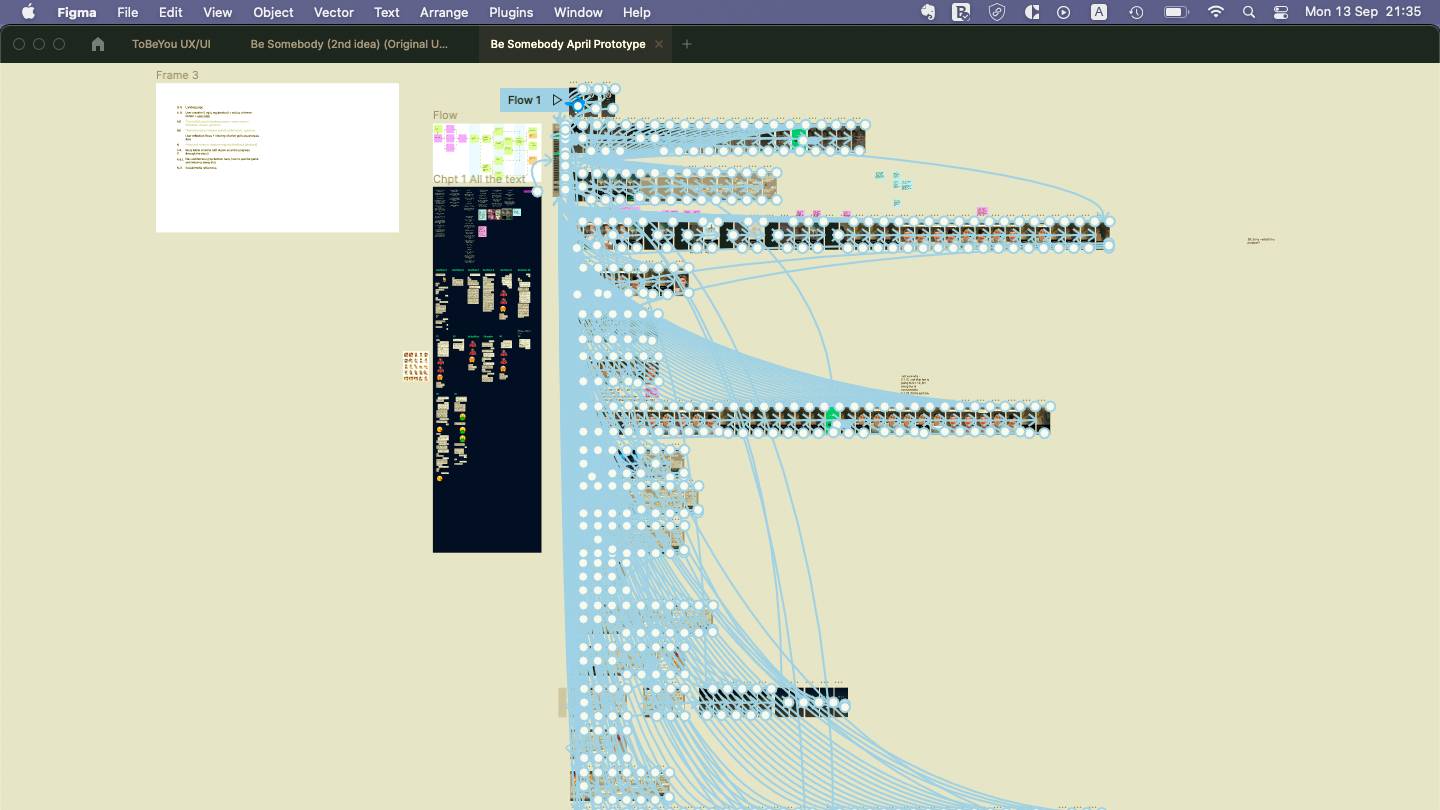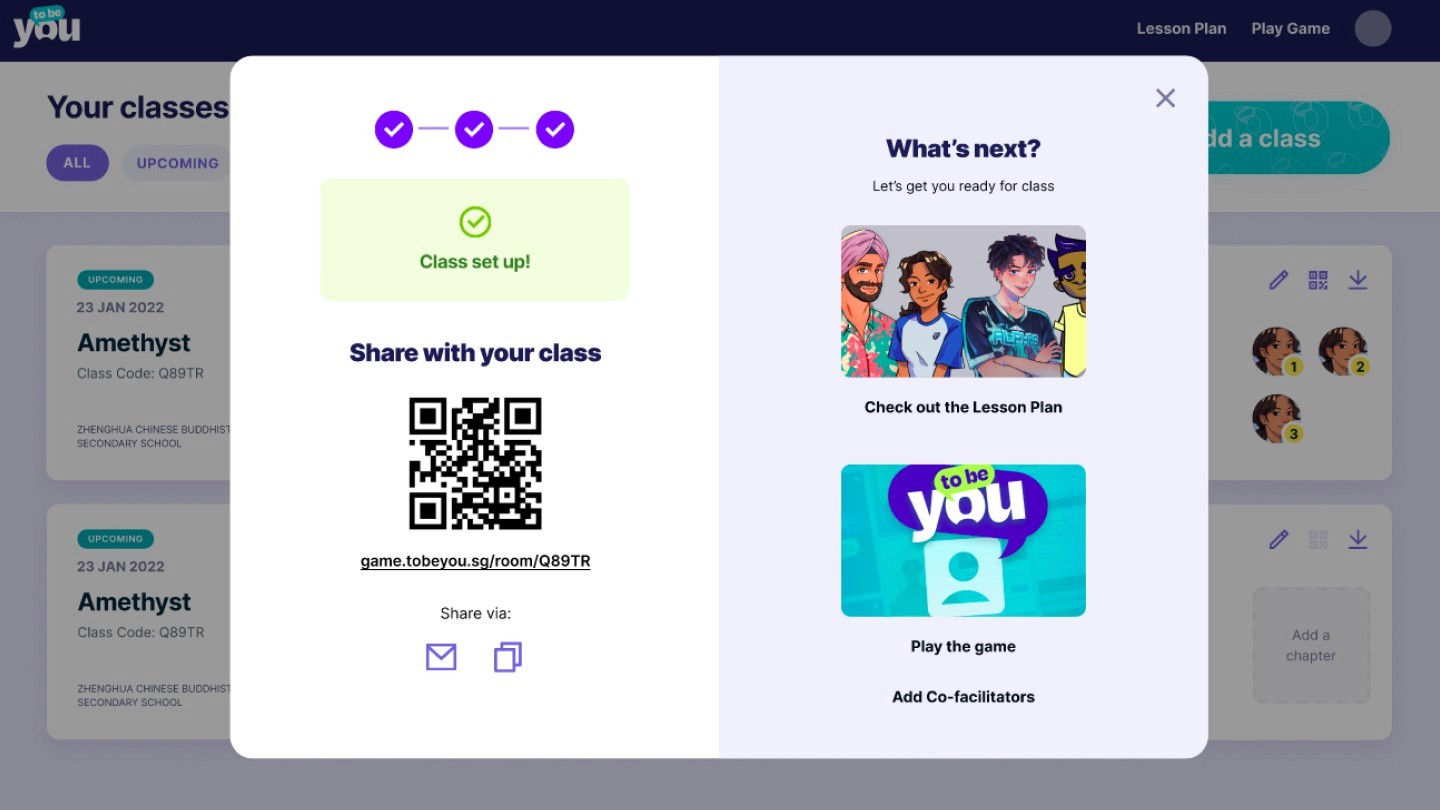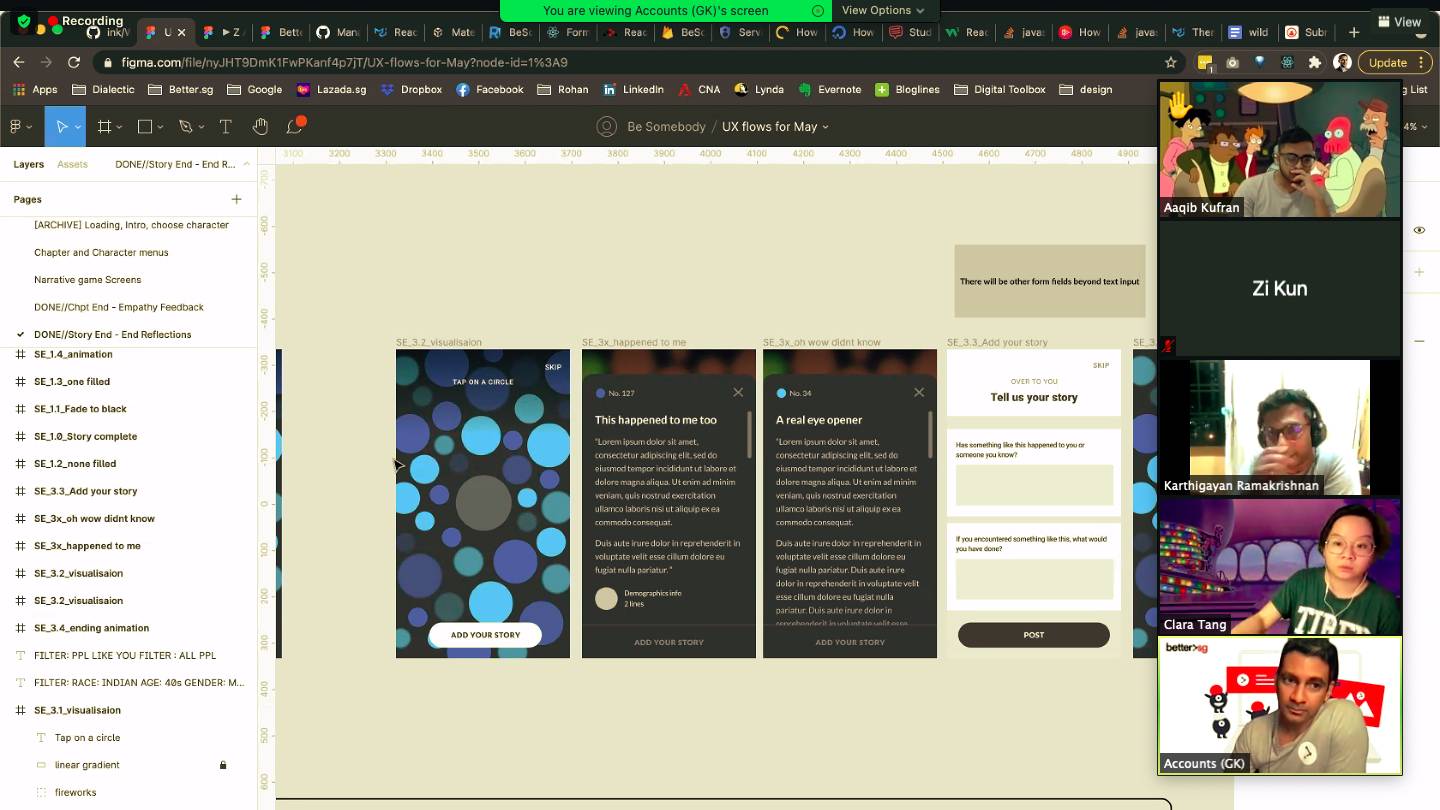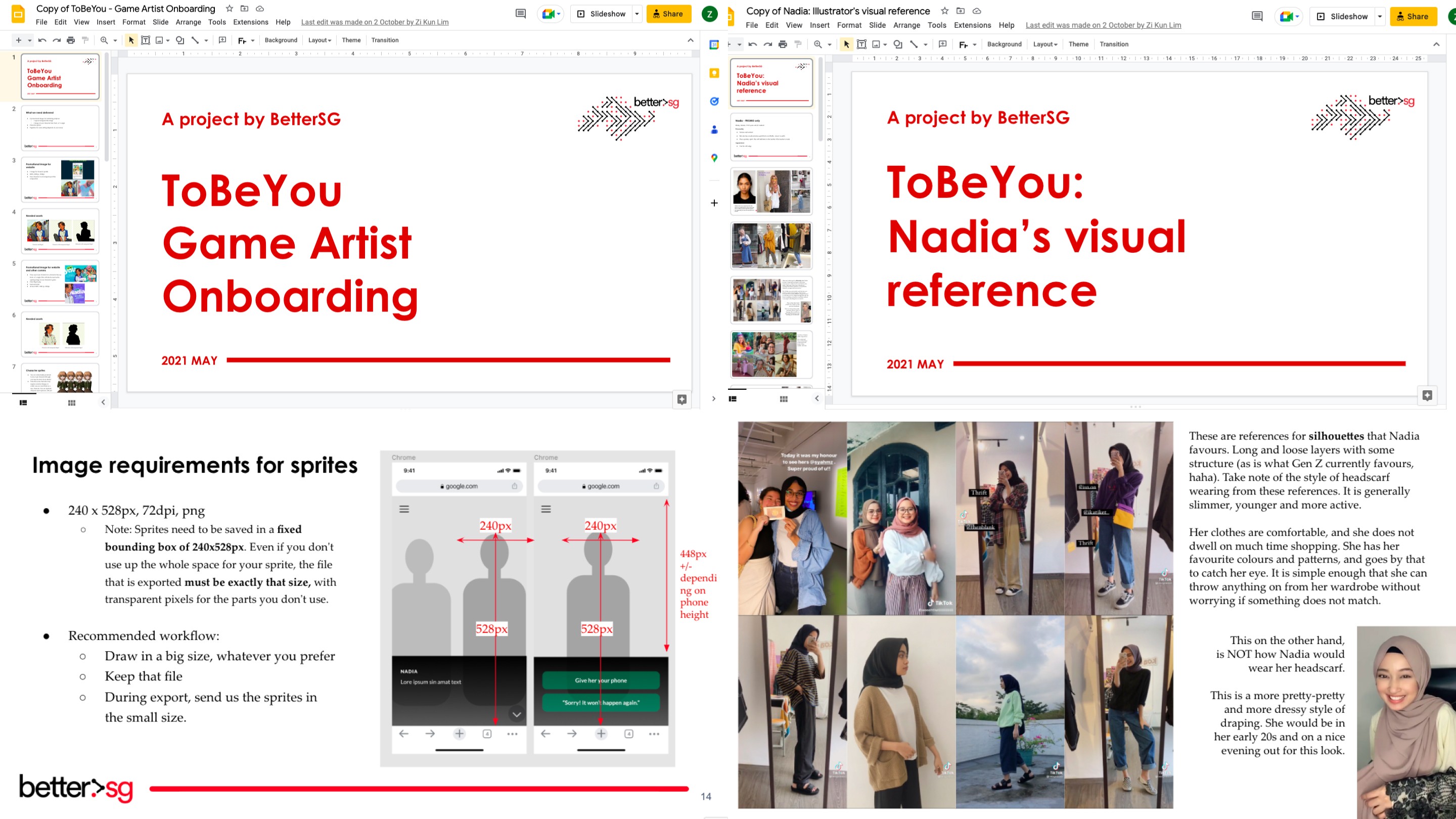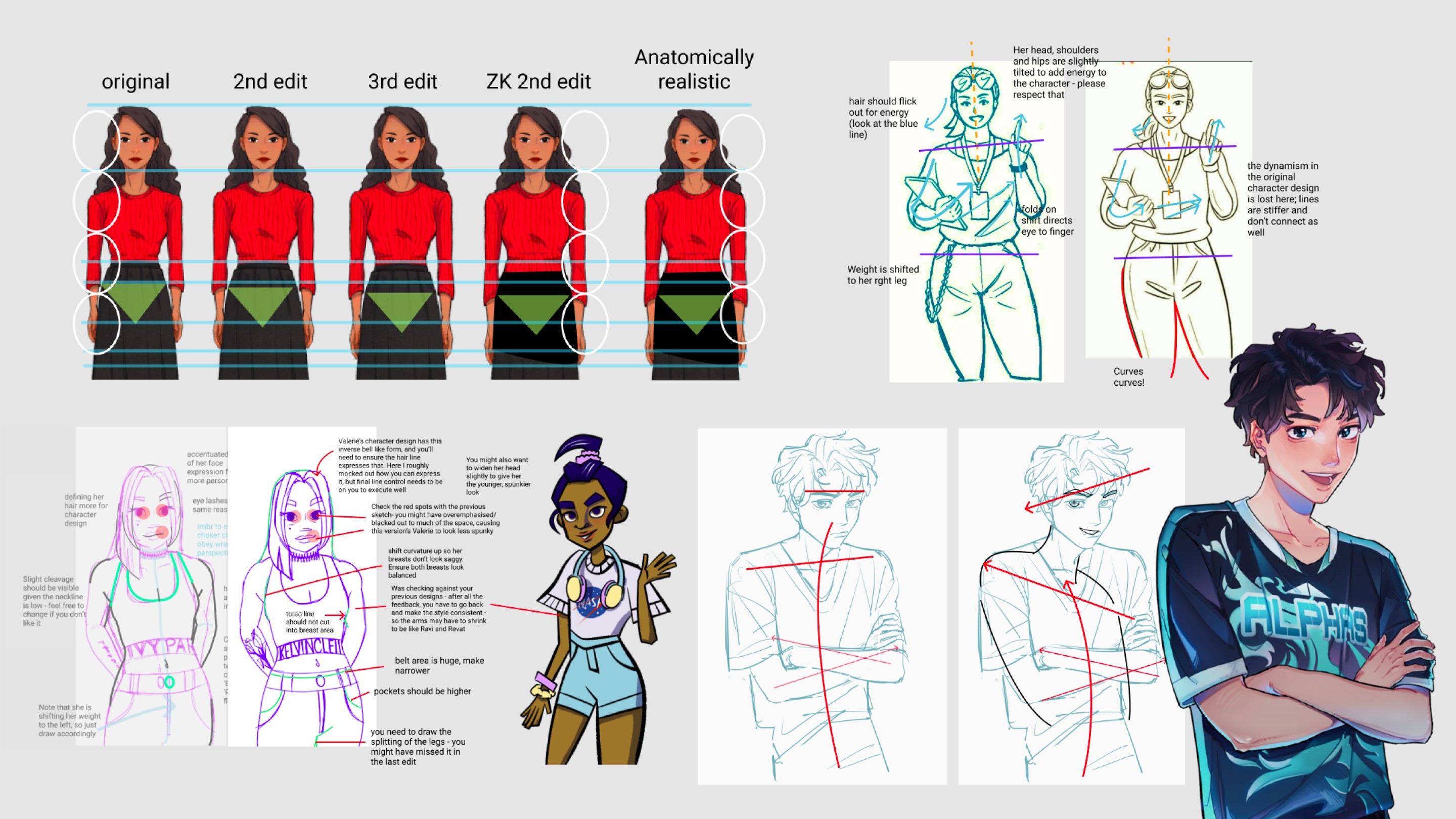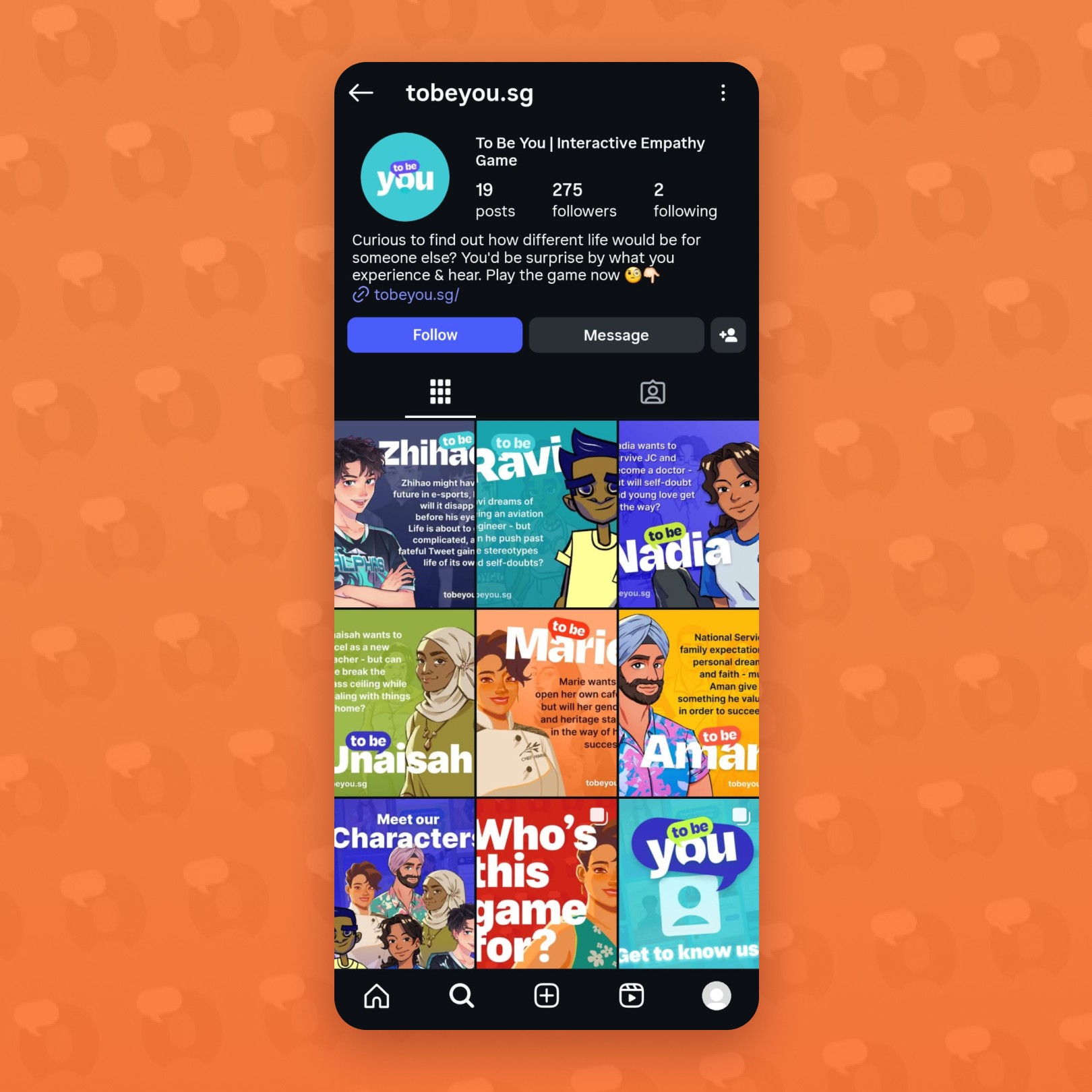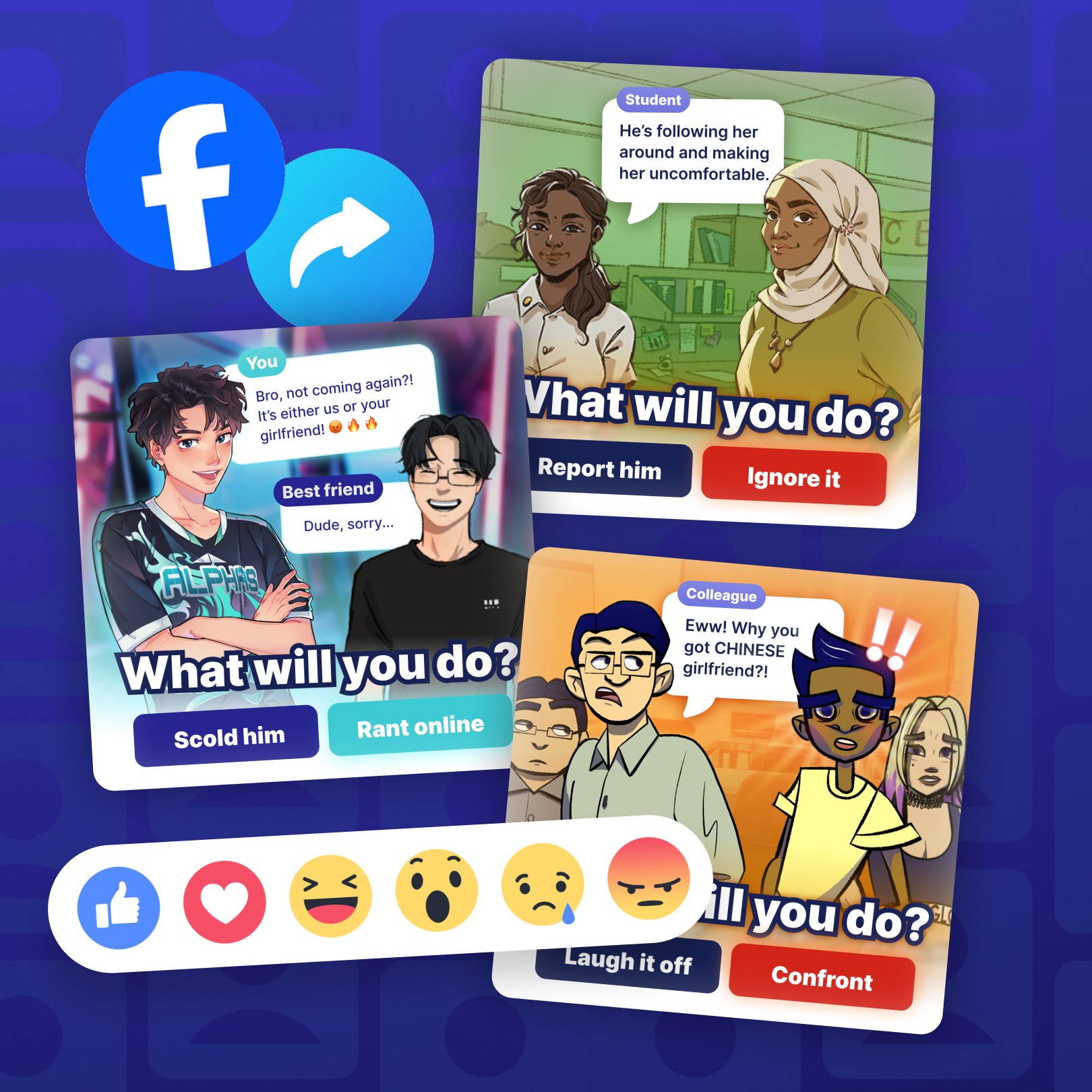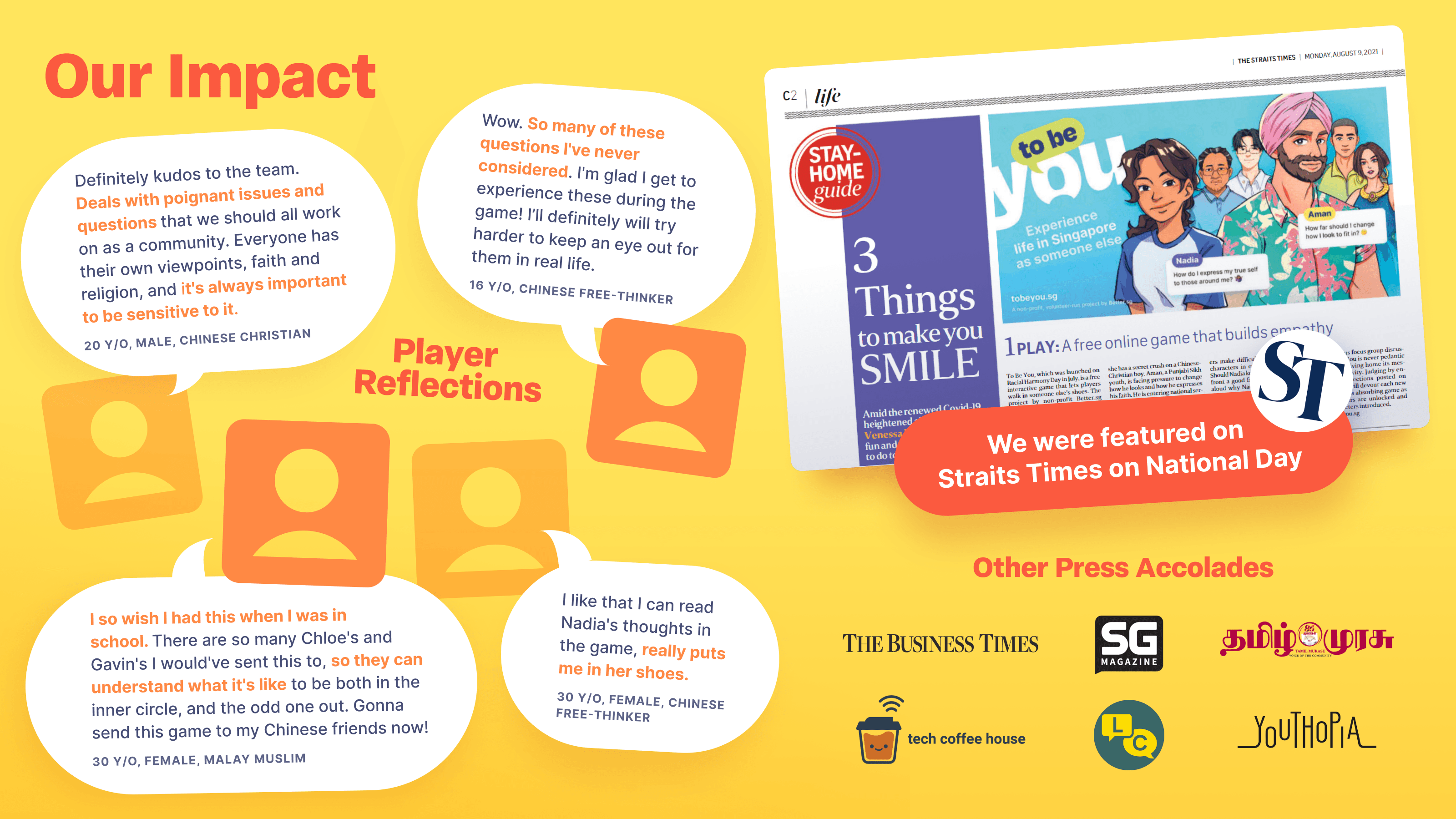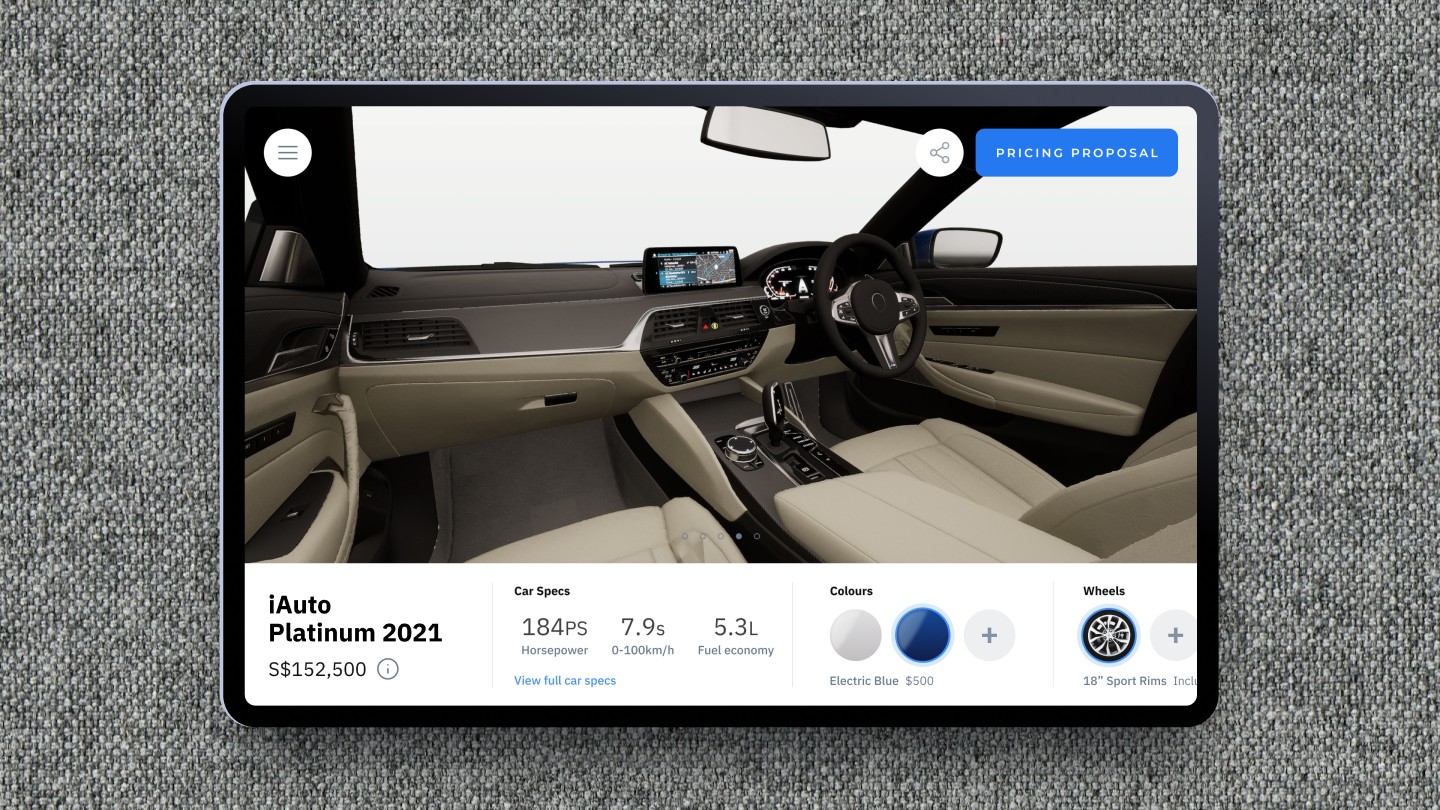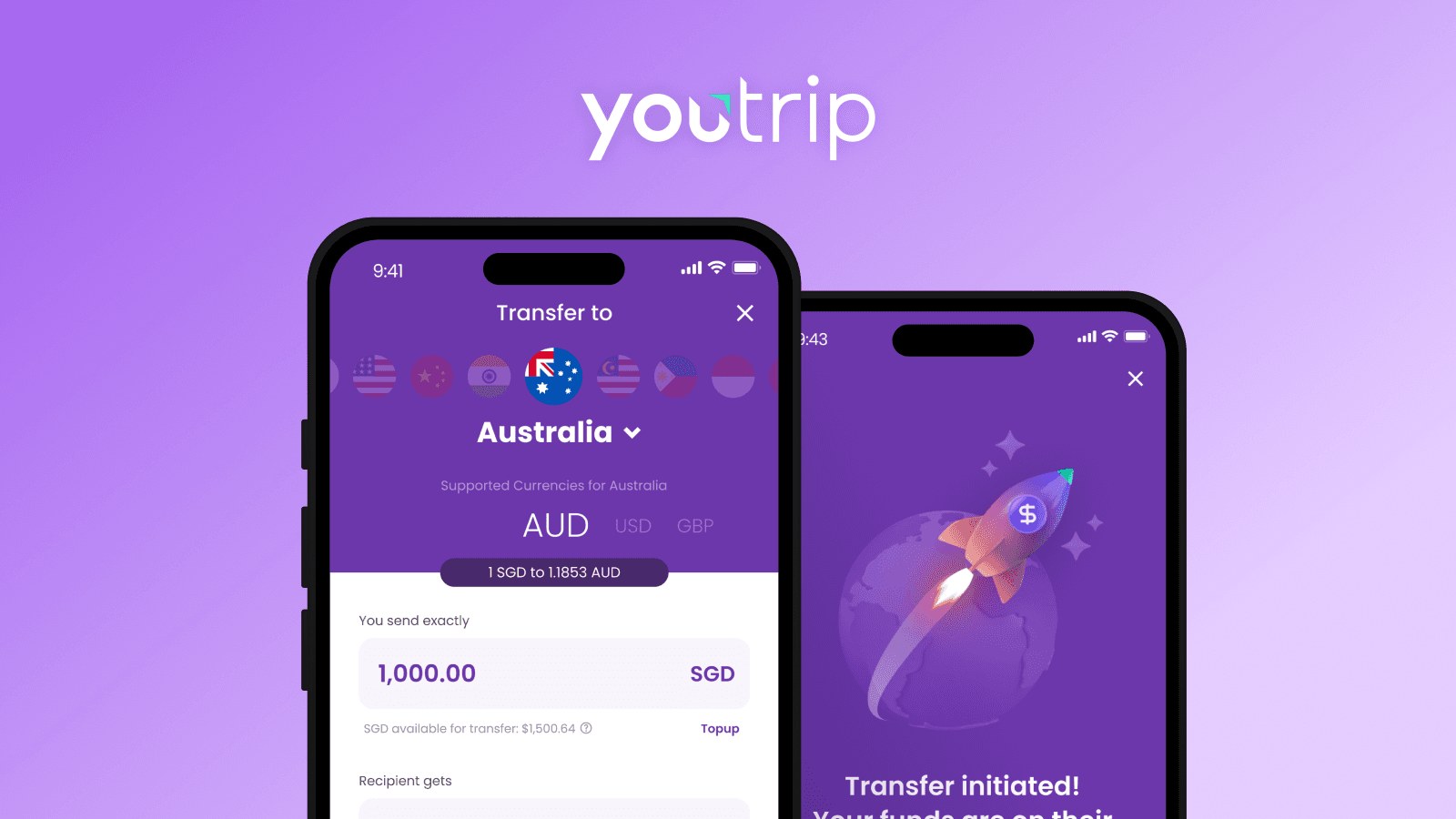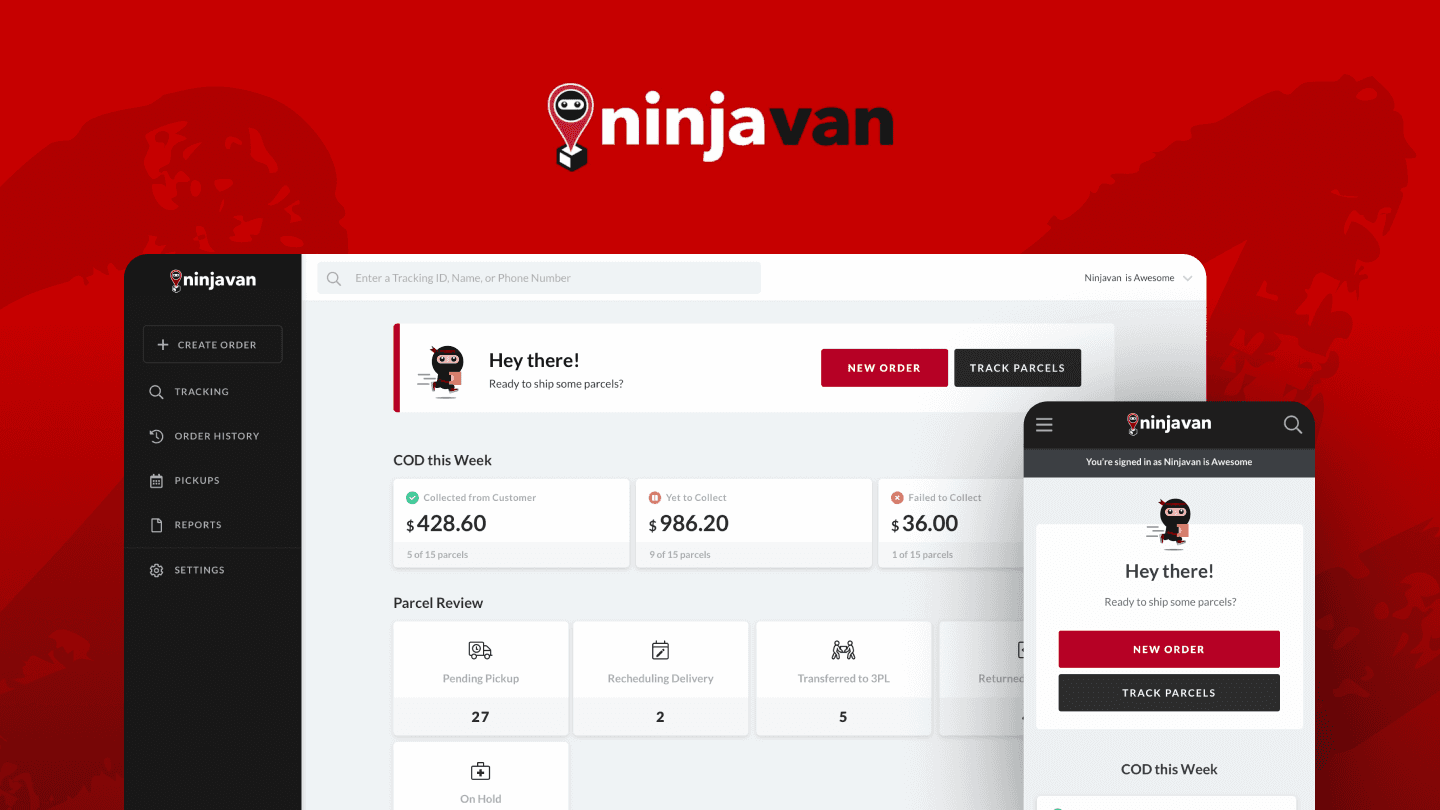An edutech solution to scale DEI training
Context
This project was a tech-for-good initiative by my Co-Project Lead, Gaurav. He wanted to make a product to scale Diversity and Inclusion (D&I) training.
I was brought in to be his design partner to help build a team and make the vision a reality. This case study concentrates on my contributions as a Project and Design Lead.
Team building
Building the Team and Processes
The Challenge
A remote team of volunteers
This project was run by volunteers, including myself.
At the peak, we had a loose team of 100+ volunteers split across 6 teams. Many members would come and go based on their interest and availability.
We needed a way for different team members to report their progress and catch-up with the latest developments.
The SOLUTIOn
A digital hub
Using Notion and Slack, my Co-Project Lead and I set up internal processes such as automated Onboarding and team boards that teams could update asynchronously.
Team building
Strategic team formation to guide product development
My proudest achievement was championing the creation of two specific teams: 'Research and Ethics' (Research and Content), and 'Growth and Impact' (PR and Data).
The fusion between function and higher mission was deliberate: I recognised the value of these teams in driving our product value, and so deliberately formed them, and instituted processes to empower them to carry out their missions.
This decision paid off handsomely as the efforts of these teams kept our product in check, and even helped us through a hostile attempt to shut the project down.
Leading with Design
Leading with Design Methodology
One of the unique skills I bought to the leadership role as a designer was how I handled team disagreements on what should be done.
During such disagreements, I would employ my design training to redirect team members back to our project goals. Does Method A help promote empathy? What about Method B? How do they compare? Can we test this?
Often, these reminders and probing helped team members re-align and agree on how to proceed.
Leading with Design
Leading with prototypes
From aligning the team to a single vision for the initial pitch to win seed funding, to getting the team to commit to a design to move into development, I used prototypes to break indecision and align the team on a single direction.
Managing the Design team
As the team moved into production, I led a team of 10+ voluteer designers to complete the UX and UI, and was responsible for the overall quality
I managed team members by giving team members clear directions and autonomy balanced with regular check-ins/design review and support.
One way I motivated team members was to allow them to pick areas of the product they were interested in, matched to their level of ability.
This did mean I had to pick up whatever ‘undesirable’ parts was left, but I saw it as part of my role as a Lead so that the team as a whole could go further.
Managing the Art team
As Design Lead, I was also responsible for the Art team; I planned the art direction for the game, then recruited, contracted, and managed illustrators.
I created and documented best practice workflows for them so that the illustrators could solely concentrate on doing the work. It was terribly unsexy, but essential for the success of the team.
Art Direction
Identity Design
I worked with the talented May Chiang to create the logo and identity design.
The final identity draws on the history of youth-led civil rights movements, using bold typography and a vibrant colour palette to highlight the themes of youthful optimism and empowerment.
Design leadership
End-to-end design
As Design Lead, I set the creative strategy across the product and delivered across UI, brand, and marketing.
From app visuals to social campaigns, I ensured every asset was high-quality and cohesive, even despite limited budget and dev resourcing.
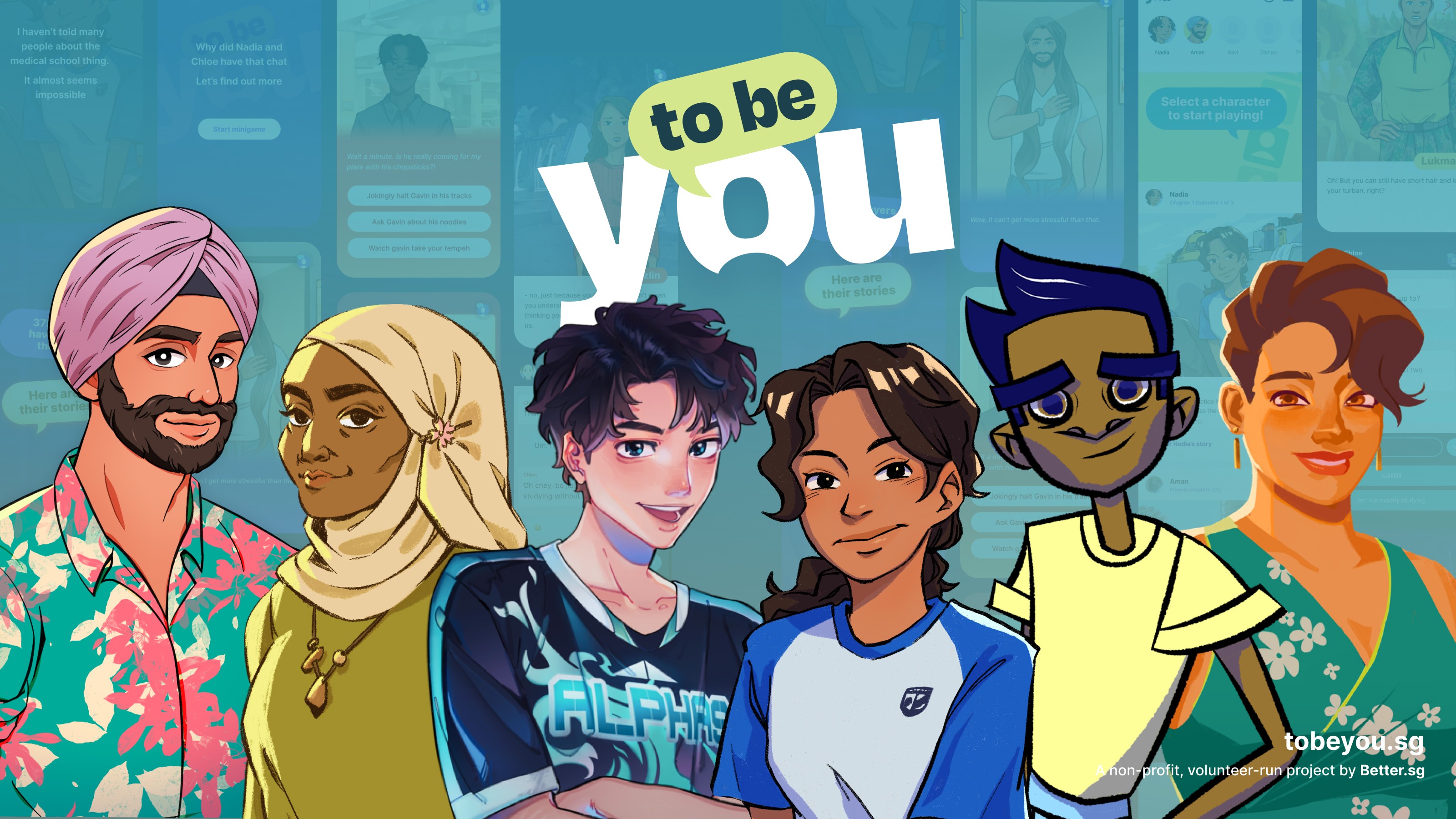
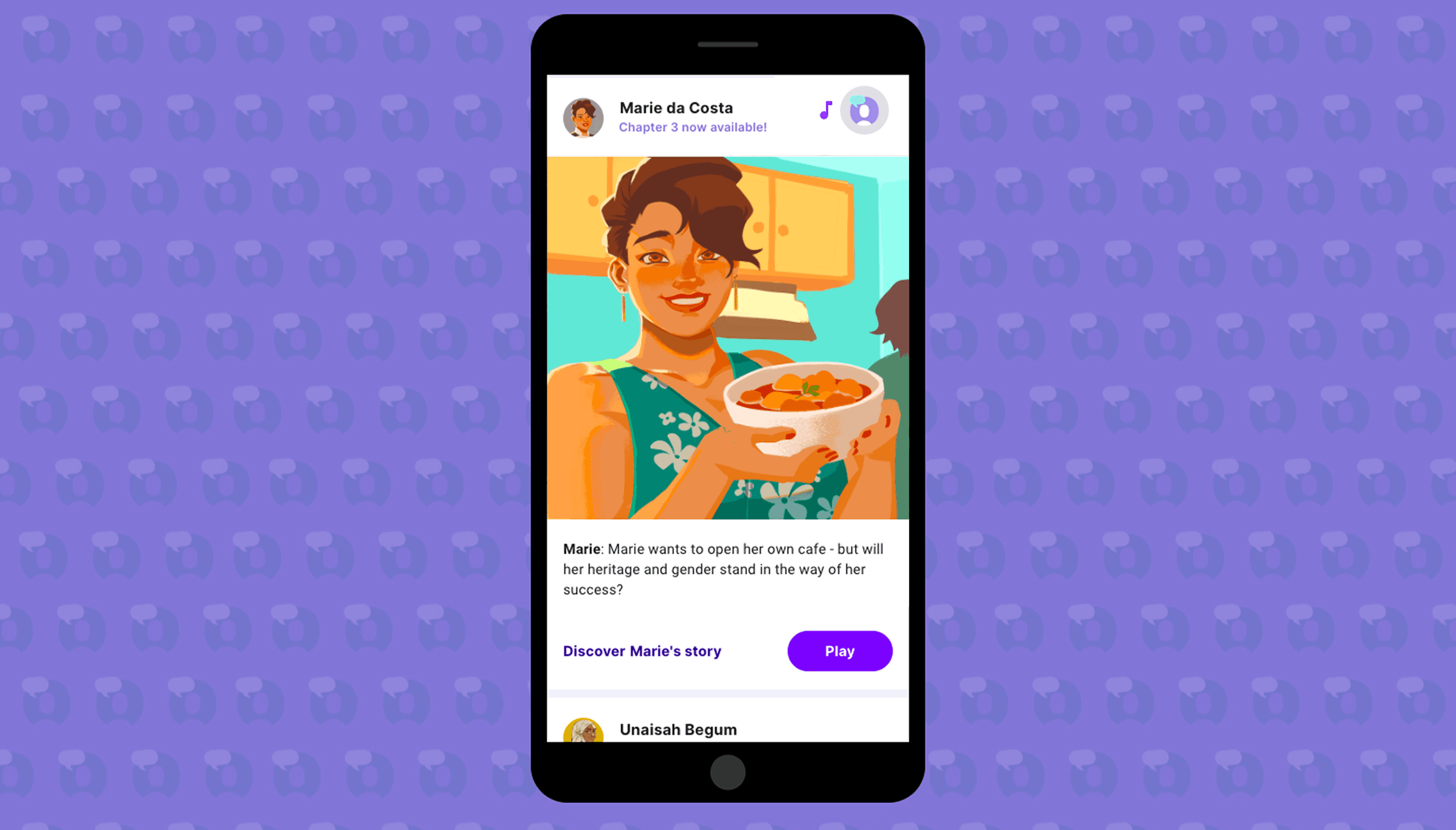
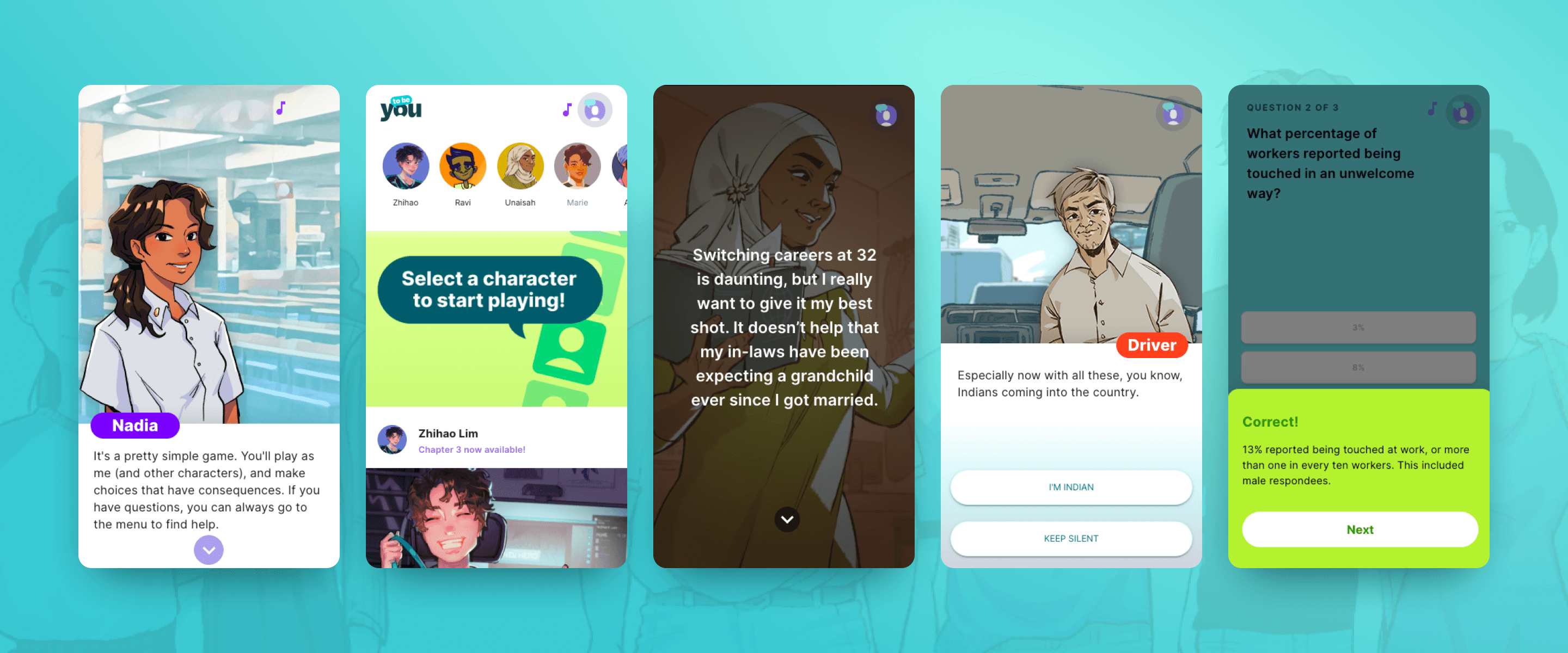
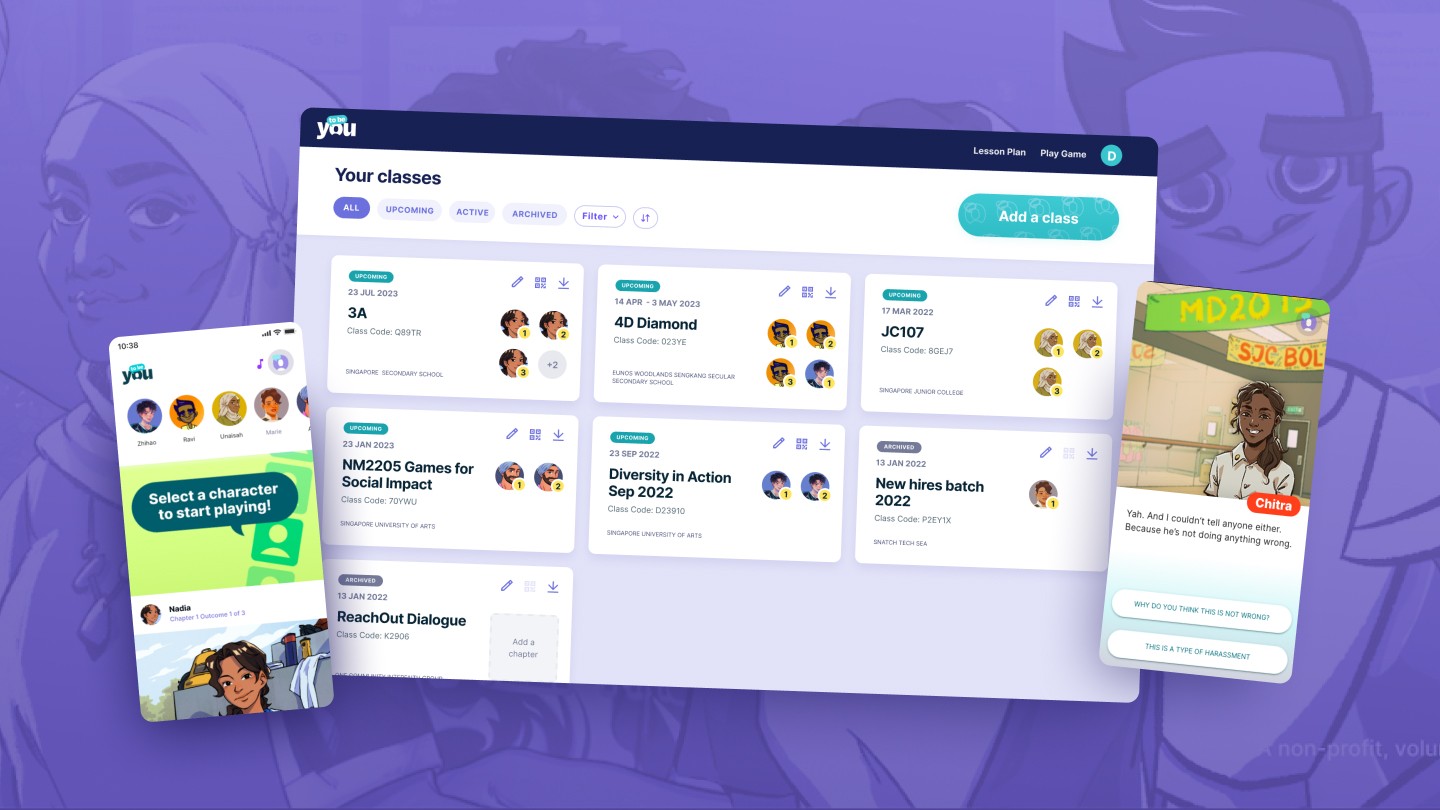
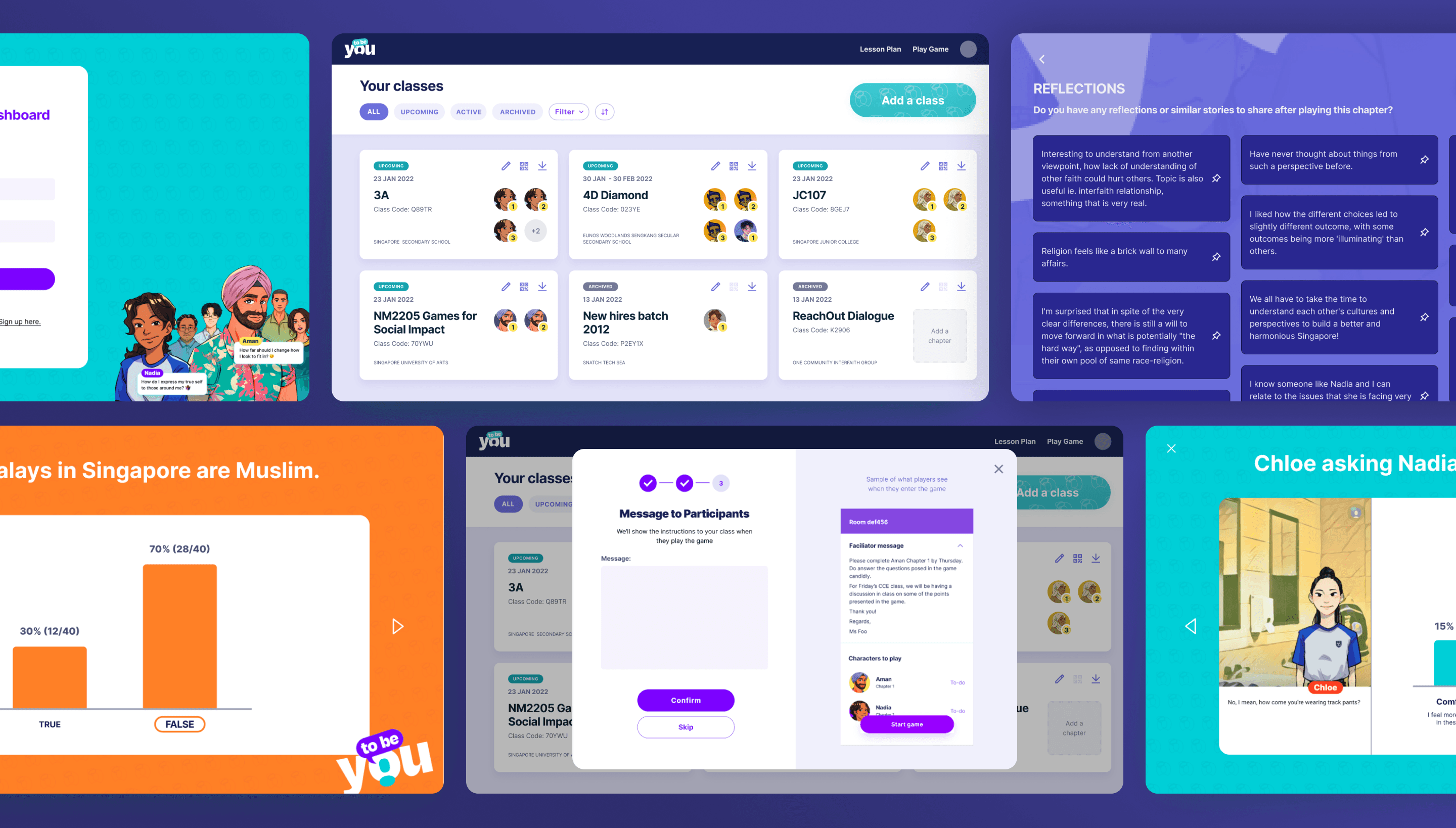
Impact
We first released with a MVP on July 2021 and finished all 6 planned characters in 2023.
Feedback was overwhelmingly positive, and we received press coverage in multiple meda channels. We were also a nominee for Best Innovation and Best Storytelling at Level Up KL 2022, an indie game award for game developers in Southeast Asia.
But reception and accolades aside, were were also successful in achieving our original project goals,
One of our goals was to bring D&I learning experiences reach a wider audience. By advertising on social media alone and getting referrals, we accumulated 20,000+ players of different age groups.
Their engagement at voluntary end-game sharing were often long, sincere, and meaningful. This showed us the game succeeded in giving players a safe D&I learning experience.
We were also very successful in our goal of making D&I training more widely available to educators. In 2022, we obtained a rare backing from the Ministry of Education that allowed teachers to use our game for teaching in classrooms.
As of the start of 2023, we were adopted by teachers from 10+ schools, and have been voluntarily adopted by 6 organisations for sensitivity training.
